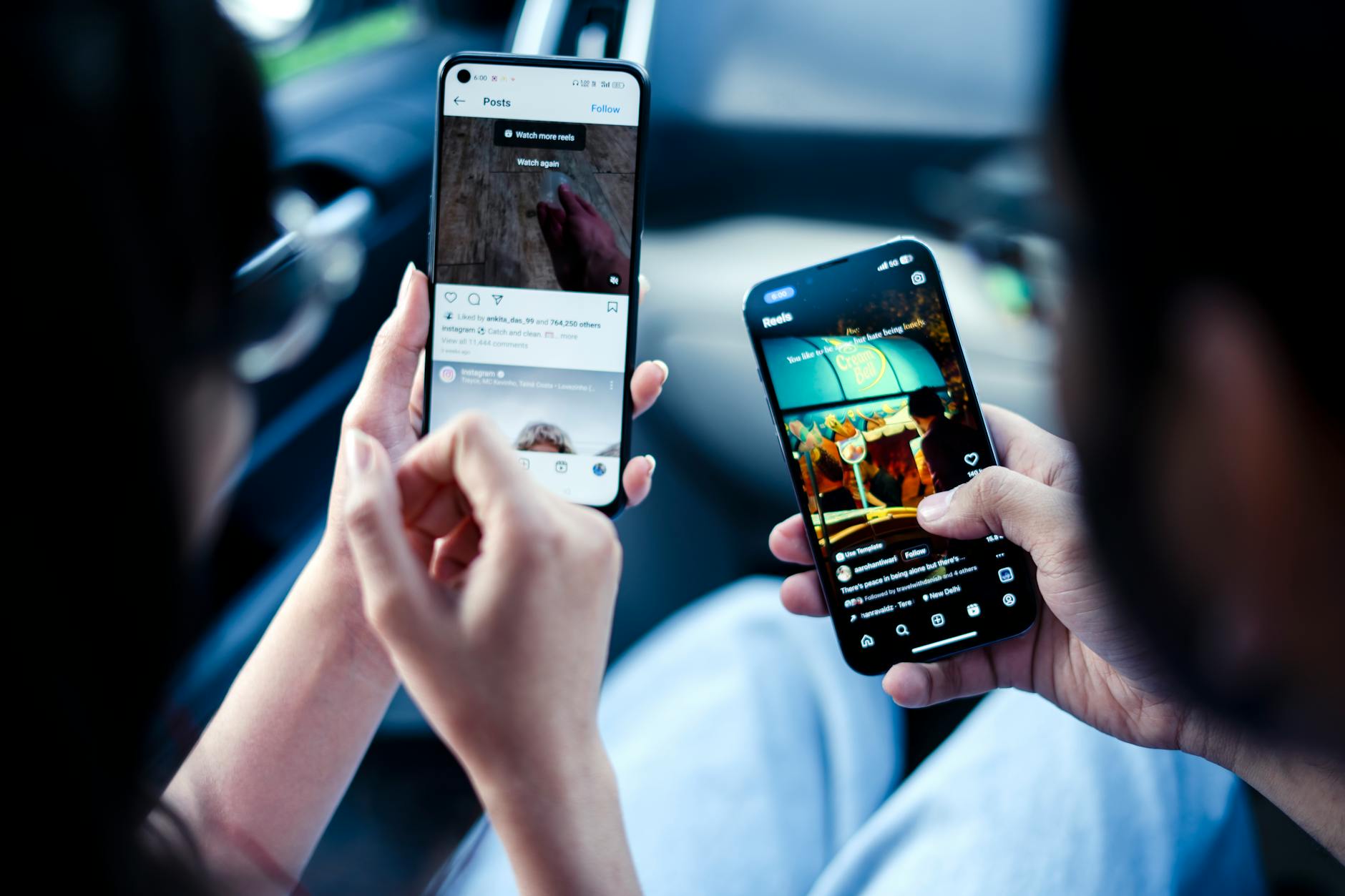The Necessity of Mobile-First Design: A Must-Have Strategy in the Smartphone Era
With the widespread adoption of smartphones and tablets, mobile devices have become the dominant method for accessing the internet. This shift has made mobile-first design an essential approach in creating websites and applications. In this article, we explore what mobile-first design is, its benefits, implementation methods, and why it is indispensable in today’s digital environment. Understanding this approach will help you deliver optimal user experiences and drive business success.
What Is Mobile-First Design?
Overview
Mobile-first design prioritizes designing for mobile devices first, followed by scaling up for larger screens such as tablets and desktops. Traditionally, design was desktop-focused, with adjustments made for mobile screens. However, as most users now access content via smartphones, reversing this approach is far more effective.
Mobile devices have smaller screens and rely on touch-based interaction, necessitating intuitive and straightforward usability. Therefore, mobile-first design focuses on simplicity and functionality, expanding later to accommodate additional content and features for larger devices.
Benefits of Mobile-First Design
Adopting a mobile-first design approach offers several advantages:
1. Improved User Experience
Small screens can overwhelm users if too much information is presented. Mobile-first design emphasizes providing essential information in a clean, easy-to-navigate interface, ensuring users can access what they need quickly and intuitively.
Specific Improvements
- Simplified Navigation: Streamlined menus and user-friendly navigation make it easier for users to find what they’re looking for.
- Touch-Optimized Design: Buttons and interface elements are sized and spaced for easy tapping, reducing errors.
2. Faster Page Loading
Mobile-first designs inherently prioritize performance due to mobile device limitations. Faster-loading pages meet the expectations of mobile users, who are quick to abandon slow websites.
Strategies for Faster Loading
- Image Optimization: Use lightweight image formats optimized for mobile use.
- Streamlined Resources: Remove unnecessary scripts and resources to enhance performance.
3. Enhanced SEO Performance
Google prioritizes mobile-friendly websites in its rankings, especially since the introduction of mobile-first indexing in 2021. Websites designed with mobile-first principles achieve better visibility and higher search rankings.
4. Compatibility with Responsive Design
Mobile-first design works seamlessly with responsive design, which adapts layouts based on screen size. Starting with a mobile-first approach ensures consistent usability across devices, from smartphones to desktops.
Example
- Mobile menus might use a dropdown format, while desktop versions feature horizontal navigation.
- Content and images adjust automatically for readability on any screen size.
5. Increased Conversion Rates
Simpler, more intuitive mobile-first designs boost conversion rates. A seamless experience helps users complete actions like purchases or registrations effortlessly. With increasing mobile transactions, this strategy directly impacts business outcomes.
How to Implement Mobile-First Design
1. Prioritize Content
Effective mobile-first design begins with clear content prioritization. Focus on delivering the most crucial information and functionality first, deferring secondary details to expandable sections.
Content Organization Tips
- Optimize the First View: Place key messages and CTAs (call-to-action) prominently in the first visible area.
- Collapse Secondary Content: Hide less critical information behind expandable sections for a cleaner appearance.
2. Touch-Friendly UI Design
Mobile devices rely on touch rather than a mouse, making touch-friendly design a necessity.
Best Practices for UI
- Button Size: Ensure buttons are at least 44px x 44px for easy tapping.
- Tap Area Spacing: Maintain sufficient spacing between interactive elements to prevent accidental taps.
- Scroll-Friendly Layouts: Design vertically-oriented layouts that encourage natural scrolling behavior.
3. Optimize for Mobile Performance
Since mobile devices often have limited processing power, lightweight and fast-loading designs are essential.
Performance Optimization Techniques
- Compress Images: Use formats like WebP for smaller file sizes without sacrificing quality.
- Optimize CSS and JavaScript: Load only essential styles and scripts to minimize resource usage.
- Enable Caching: Use caching to store data locally, reducing load times for returning visitors.
4. Conduct Mobile Usability Testing
Regular usability testing ensures that your mobile-first design meets user expectations. Observing real users in action helps identify and resolve potential issues.
Testing Methods
- Task-Based Testing: Assign tasks (e.g., completing a purchase) to users and observe their interactions.
- Heatmap Analysis: Use tools to visualize user clicks and taps, revealing interaction patterns and areas for improvement.
Successful Examples of Mobile-First Design
1. Google’s Mobile-First Strategy
Google’s services exemplify mobile-first design. Their search results pages and advertising platforms prioritize simplicity and touch-friendly interfaces, setting a gold standard for mobile usability.
2. Airbnb’s Responsive Design
Airbnb combines mobile-first and responsive design principles, ensuring a consistent experience across devices. Whether booking on a smartphone or browsing on a desktop, users enjoy seamless navigation and functionality tailored to their device.
Why Mobile-First Design Matters
1. Increasing Mobile Users
With more people accessing the internet via mobile devices, prioritizing mobile optimization is no longer optional.
2. Growing Mobile Purchases
E-commerce trends show a steady increase in mobile transactions, making user-friendly mobile designs critical for driving sales and conversions.
Who Should Read This?
This article is particularly valuable for:
- Web and UI/UX Designers: Professionals seeking to understand and adopt mobile-first design principles.
- Developers: Those building lightweight, user-friendly mobile websites and applications.
- Marketing Professionals: Marketers aiming to optimize websites and apps for mobile users to boost conversion rates.
Conclusion
Mobile-first design is a vital strategy for success in today’s digital landscape. It enhances user experience, improves page performance, boosts SEO rankings, and increases conversion rates. By prioritizing mobile users during the design process, businesses can stay competitive and meet the evolving expectations of their audience.
Stay tuned for our next article on accessibility and inclusive design!
Thank you for reading.
At Greeden, we specialize in turning your ideas into reality. Whether it’s software development or system design, we provide flexible and reliable solutions to help you tackle challenges and achieve business growth.
If you have a project or idea you’d like to discuss, feel free to reach out. Let’s work together to bring your vision to life.
